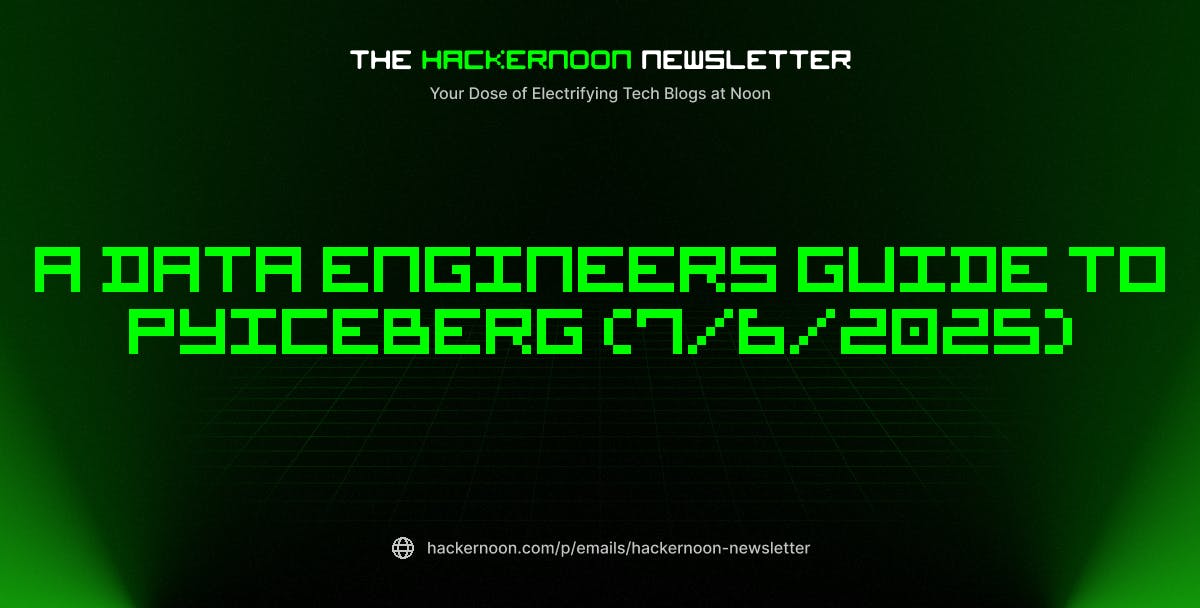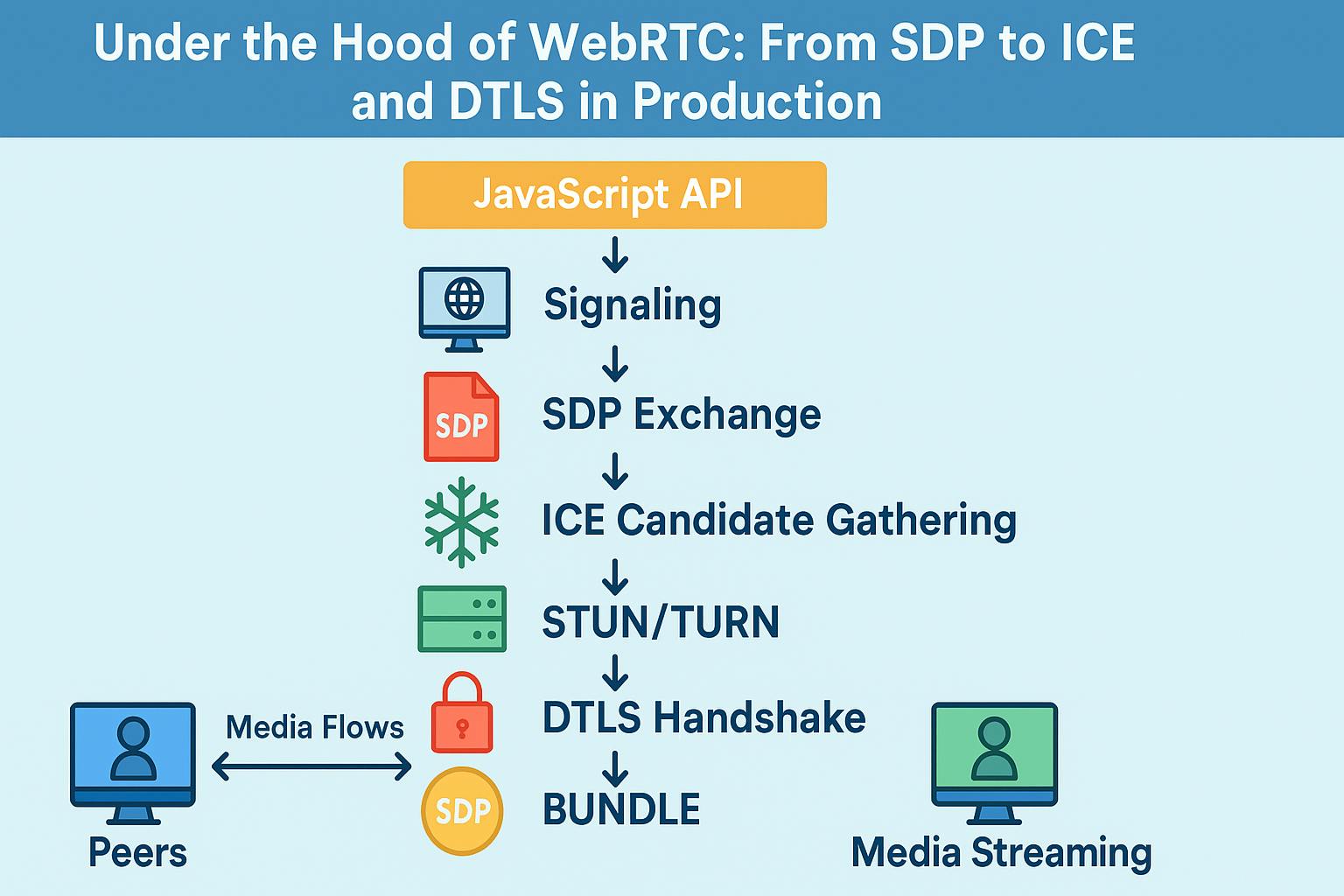In the world of software engineering, “garbage collection” refers to the automatic memory management process that identifies and discards objects no longer needed by a program. This technical concept has profound implications beyond code, offering a powerful metaphor for how we might approach our responsibilities in the physical world.
Garbage Collection in Programming
As programmers, we understand that memory management is critical. Languages like Java, Python, and JavaScript implement garbage collection to automatically reclaim memory occupied by objects that are no longer accessible or needed. Without this process, programs would gradually consume more and more resources until they crash, a condition known as a “memory leak.”
The garbage collector’s job is simple yet profound i.e. identify what’s no longer needed, clean it up, and free resources for future use. This invisible process enables our programs to run efficiently for extended periods without manual intervention.
My Personal Credo: “I use it, I clean it, I break it, I fix it”
This powerful principle extends the programming concept into daily life. It establishes a direct connection between our actions and their consequences:
- I use it – Acknowledging that we utilize resources in our environment
- I clean it – Taking responsibility for the “garbage” we create
- I break it – Recognizing when our actions cause damage
- I fix it – Assuming responsibility for repairing what we’ve broken
This simple framework embodies a complete cycle of responsibility, one that could transform how we interact with our environment and each other.
From Code to Consciousness
Imagine if this principle were taught from childhood. We would raise generations that intuitively understand:
- Resources are finite and must be managed
- Our actions have consequences that extend beyond immediate visibility
- Restoration is as important as creation
- Responsibility for our impact is non-negotiable
Just as a program with proper garbage collection runs more efficiently and stably, a society that embraces these principles would likely become more sustainable and resilient.
Civilizations and Cleanup
Throughout human history, civilizations have risen and fallen, but the principle of cleaning up after ourselves remains constant. Archaeological evidence shows that societies that failed to manage their waste and resources often faced decline. We see this in ancient urban centers where waste management systems eventually collapsed under population pressures.
Modern civilization faces similar challenges on a global scale. From plastic pollution to carbon emissions, we’ve created “memory leaks” in our planetary system, resources consumed without proper reclamation, waste generated without adequate disposal mechanisms.
A Digital Transformation Lesson
Digital transformation teaches us that systems need to be designed for sustainability from the beginning. Just as we build garbage collection into our code, we must build responsibility into our social and economic systems.
The software engineering principle of “technical debt”, where shortcuts taken now must be paid back with interest later, applies equally to environmental and social responsibilities. When we fail to clean up after ourselves or fix what we break, we accumulate a form of “responsibility debt” that grows increasingly difficult to address.
Teaching the Principle Early
Instilling this concept in early childhood education could indeed be transformative. Children naturally understand basic concepts of fairness and responsibility. Framing cleanup as an essential part of any activity, not an optional afterthought, reinforces that completion includes restoration.
This doesn’t require complex explanations about memory management algorithms! Simple, consistent messages work best i.e. “After playing with toys, we put them away.” “If you spill something, you clean it up.” “If you break something, we fix it together.”
The Spiritual Dimension
The principle also resonates with many spiritual traditions. In the Judeo-Christian tradition, the concepts of stewardship, accountability, and restoration are central themes. While not explicitly using the phrase “I use it, I clean it, I break it, I fix it,” the underlying principles are present.
The notion of repentance involves acknowledging wrongdoing, making amends, and changing behavior, a spiritual form of garbage collection. Similarly, restoration appears throughout scriptural texts as a divine and human responsibility, reflecting the “I break it, I fix it” principle.
From Personal Credo to Cultural Norm
For this philosophy to take root, it must transition from individual belief to cultural norm. This requires:
- Education and awareness – Helping people understand the connection between their actions and larger systems
- Visible examples – Modeling these behaviors in families, schools, and communities
- Systemic support – Creating infrastructure that makes responsible behavior easier (recycling systems, repair workshops, etc.)
- Accountability – Establishing social norms that discourage “littering” in all its forms
Minimalism and “Be Selectively Extravagant but Prudently Frugal”
The concept of garbage collection connects intimately with minimalism, another principle that complements our credo. Minimalism teaches us to value quality over quantity, meaning over materialism, and intention over impulse. Just as garbage collection in programming requires discernment about what to keep and what to discard, minimalism in life demands the same wisdom.
This philosophy aligns beautifully with the Jewish principle of “Be Selectively Extravagant but Prudently Frugal.” This principle emphasizes a balanced approach to resources, being careful and thoughtful with everyday expenses while investing generously in what truly matters.
The selective extravagance part encourages investing in things of lasting value, such as education, meaningful experiences, quality tools that endure, and resources that enable growth. The prudent frugality aspect reminds us to avoid wasteful spending on things that provide only fleeting satisfaction or status.
In programming terms, this is like optimizing memory allocation, using resources abundantly where they create true value (like critical functions) while being economical in less crucial areas. We don’t optimize prematurely, but we don’t waste cycles either.
This balanced approach creates a sustainable foundation for building true wealth, not just financial assets, but the richness of a well designed life with minimal waste and maximum meaning. It’s about being intentional with resources rather than merely accumulative or restrictive.
Conclusion: A Programmer’s Wisdom
As software engineers engaged in digital transformation, we have a unique perspective on systems thinking and resource management. Our professional understanding of garbage collection offers a powerful metaphor for addressing larger societal challenges.
By embracing and promoting the credo “I use it, I clean it, I break it, I fix it,” alongside principles of minimalism and balanced resource management, we can contribute to building a more sustainable world, one where we accept full responsibility for our impact and work consciously to keep our planetary “program” running smoothly.
Perhaps the humble garbage collector routine in our code contains more wisdom than we realized, serving as a digital reminder of our most fundamental responsibility to care for the world we inhabit while making thoughtful choices about what we truly need in our lives.
Lets Go!












